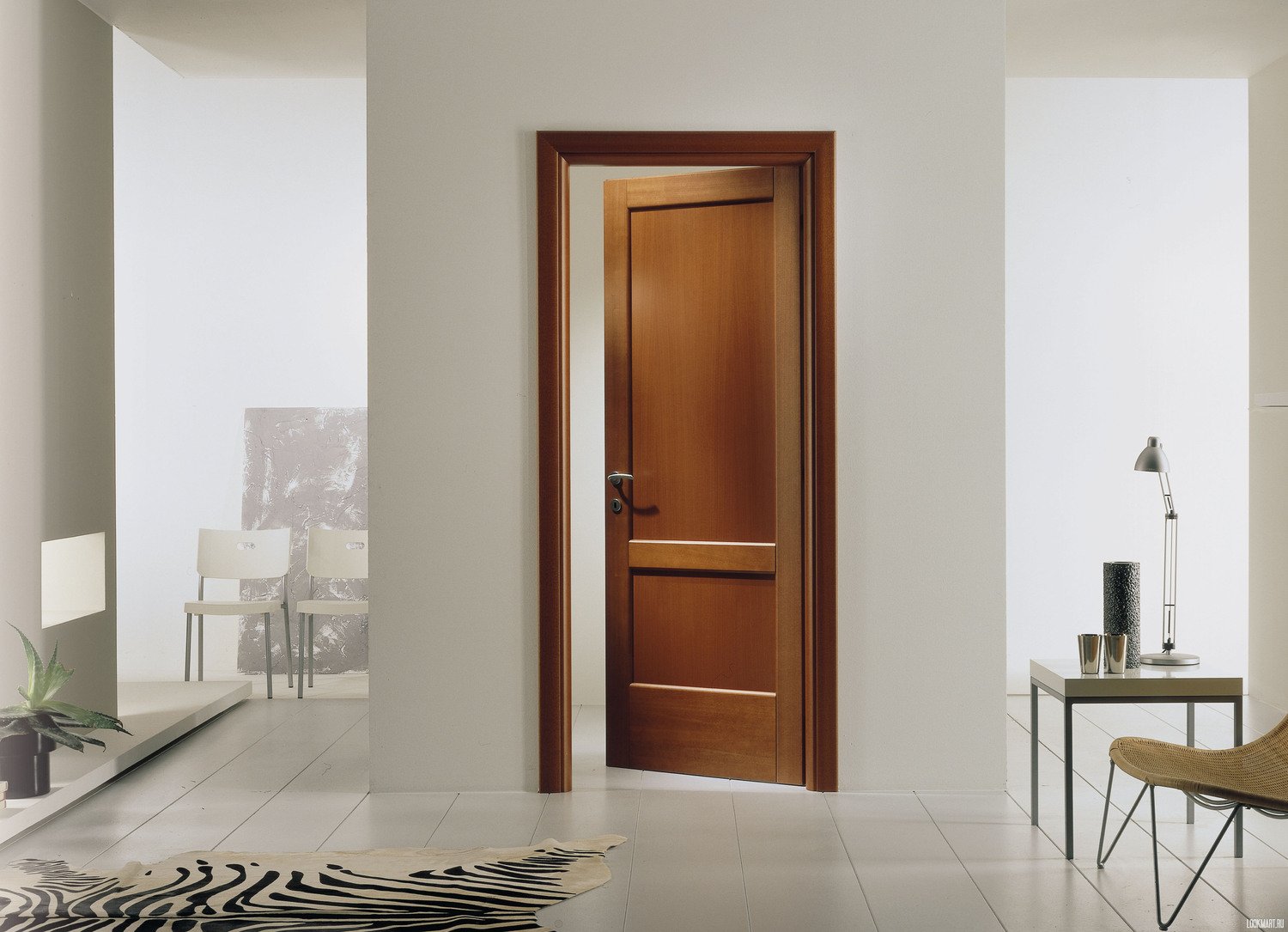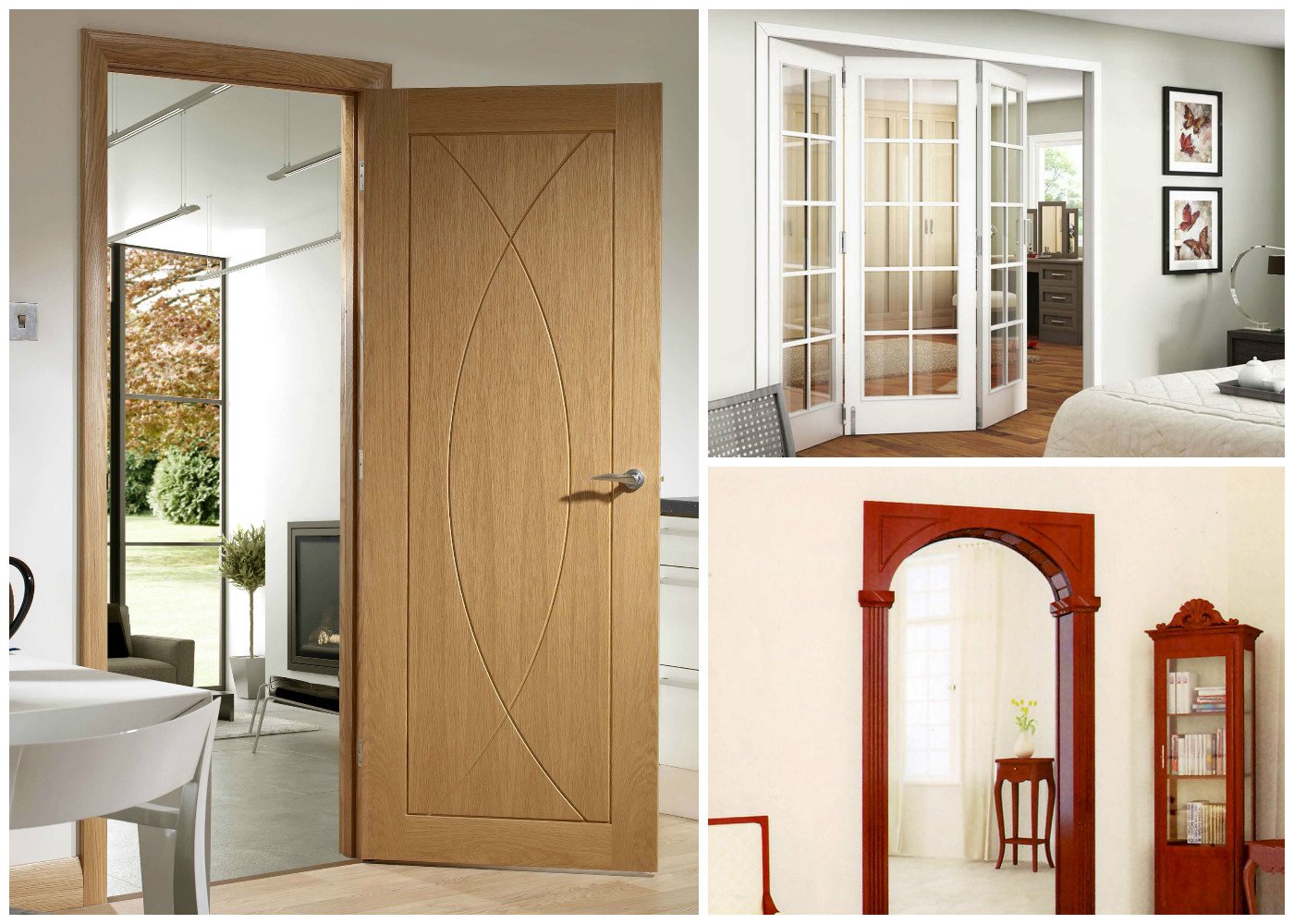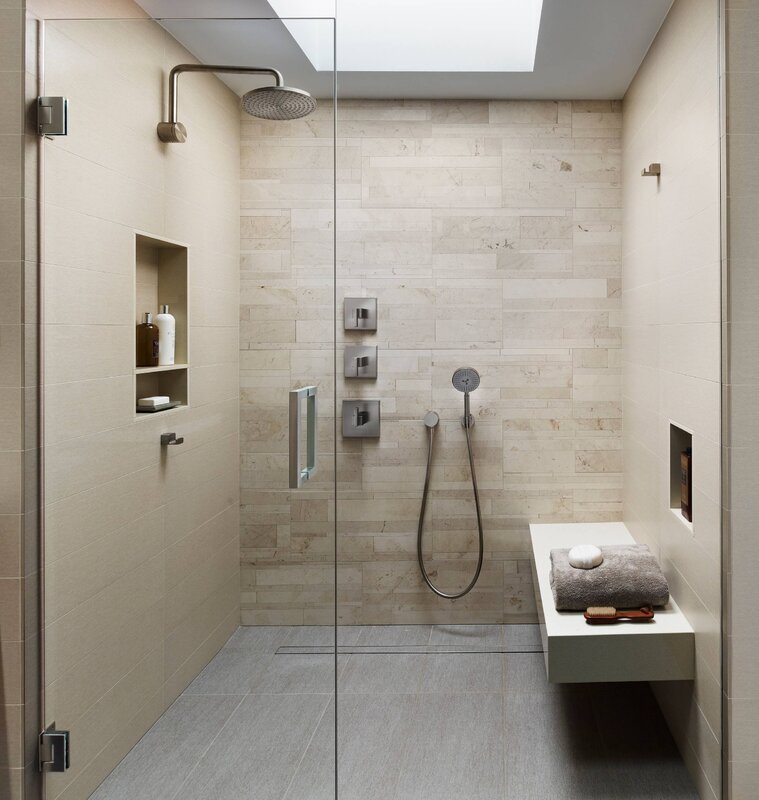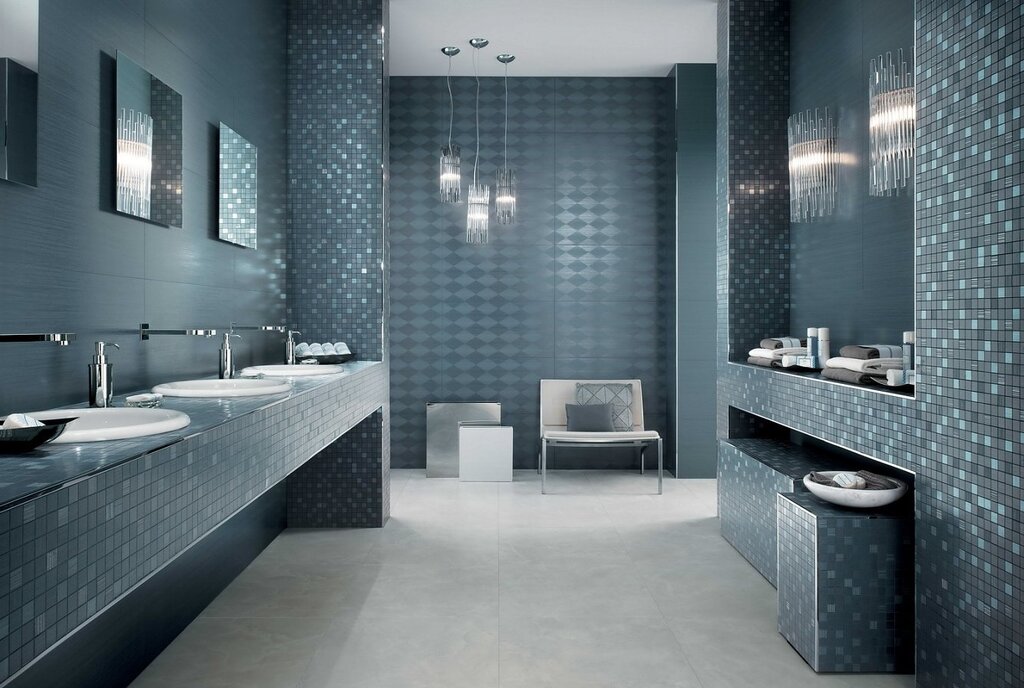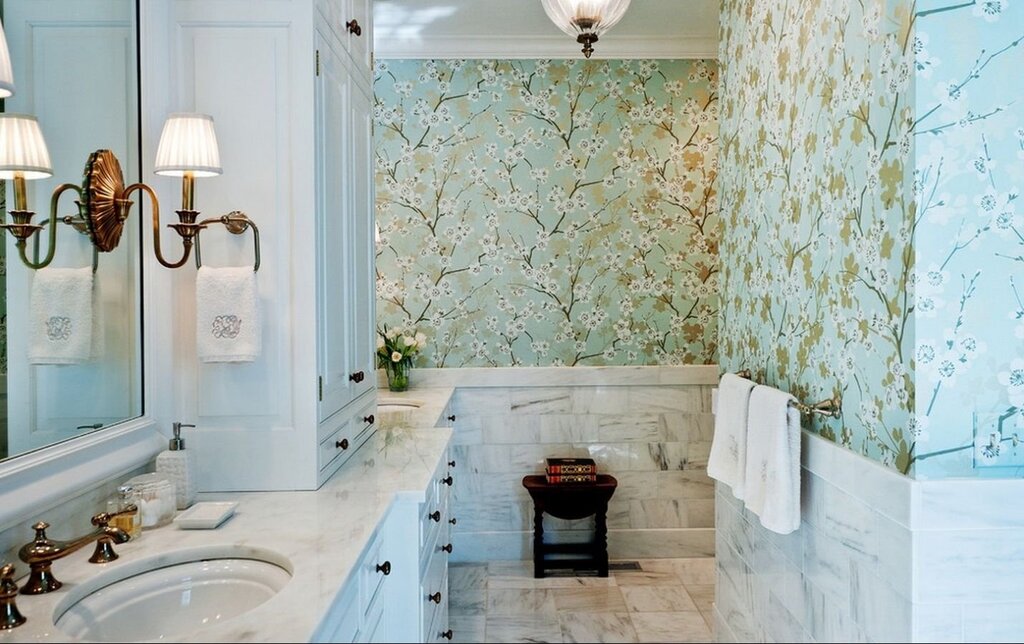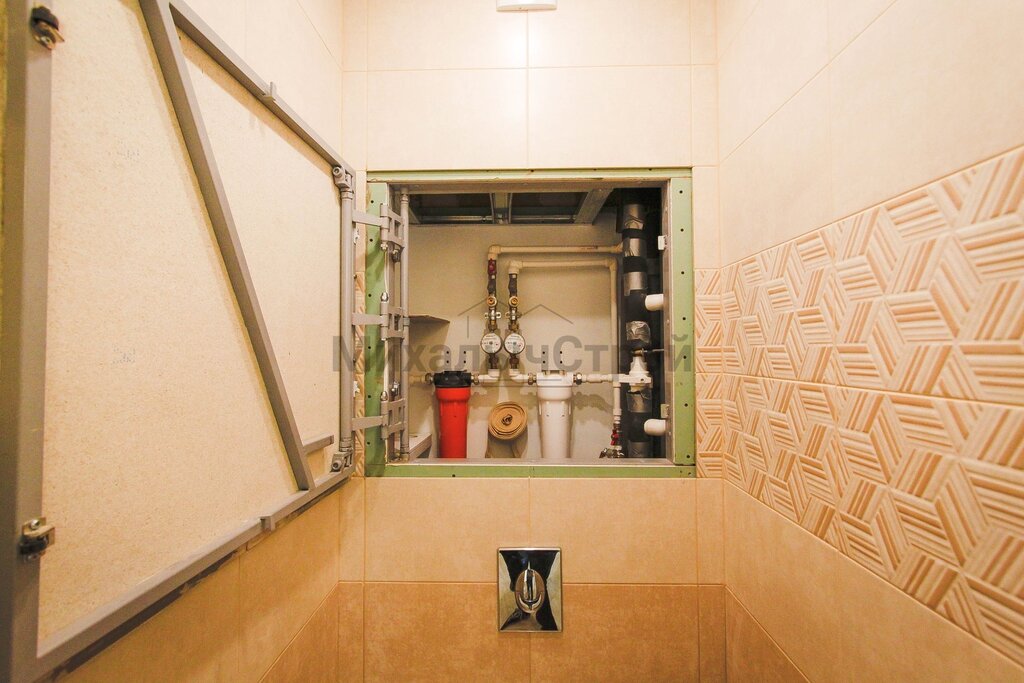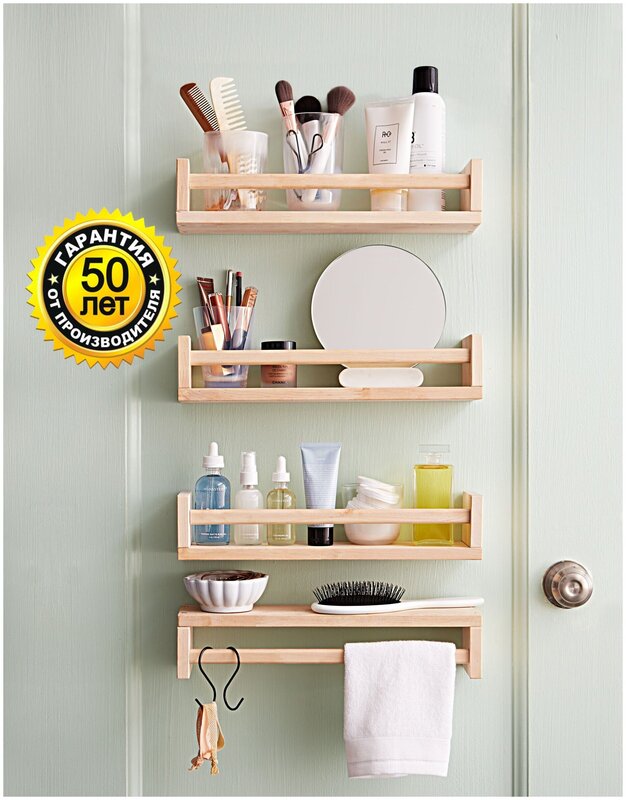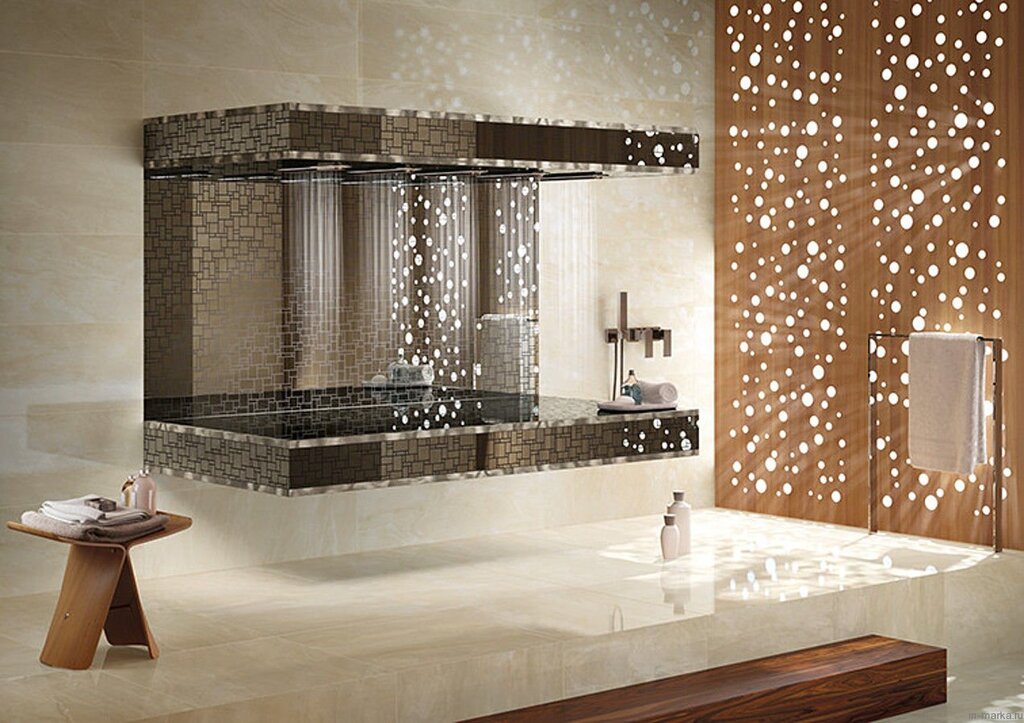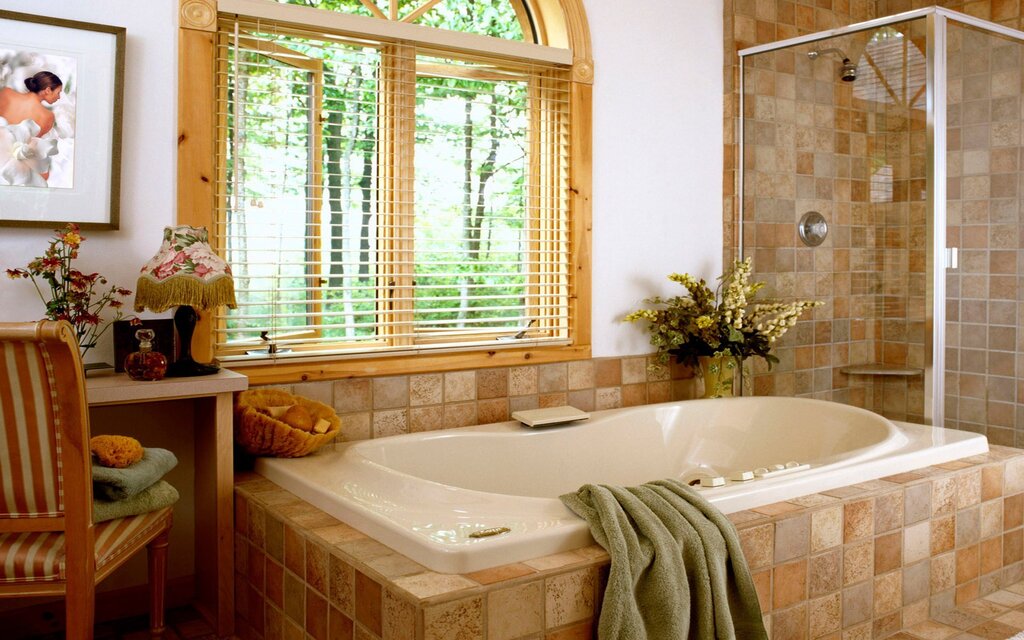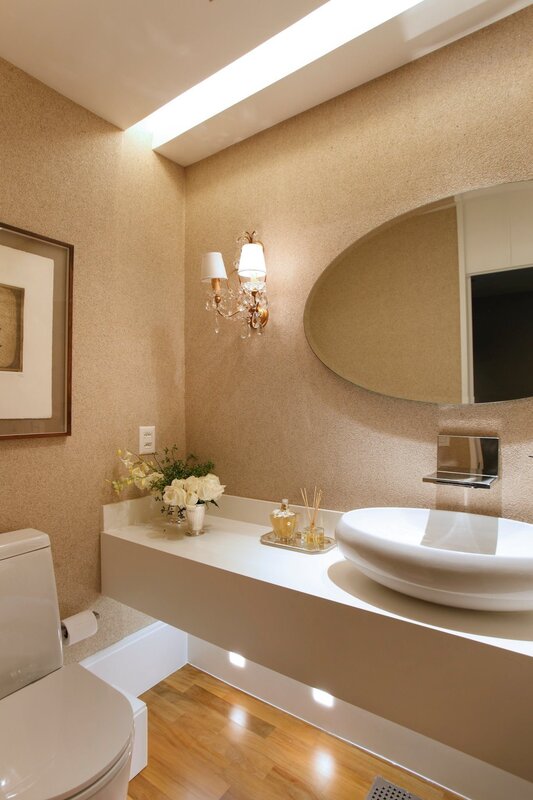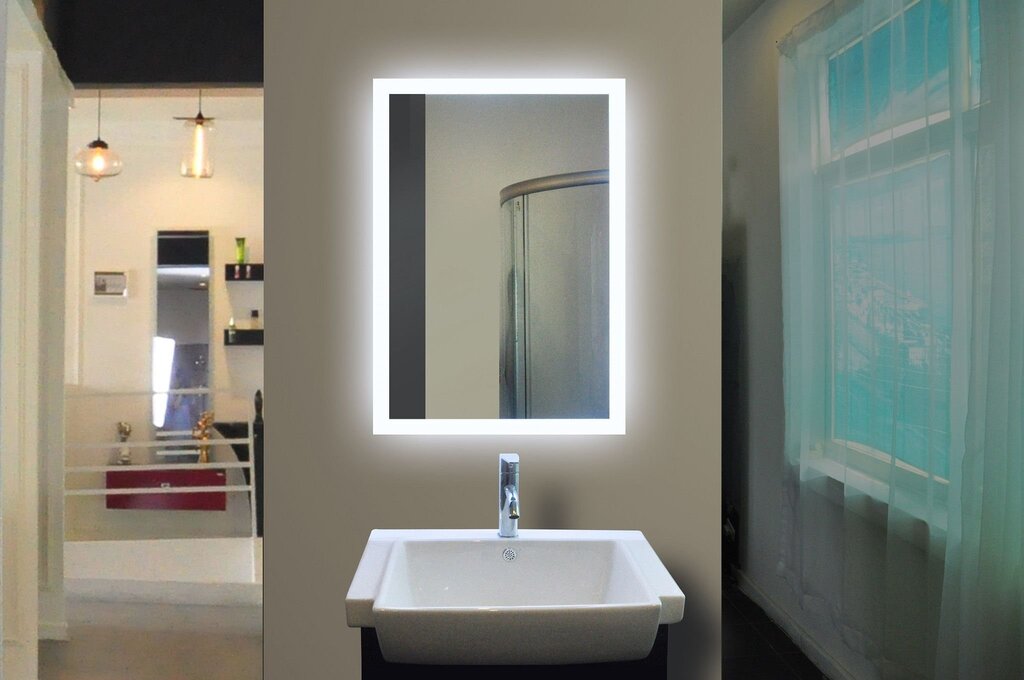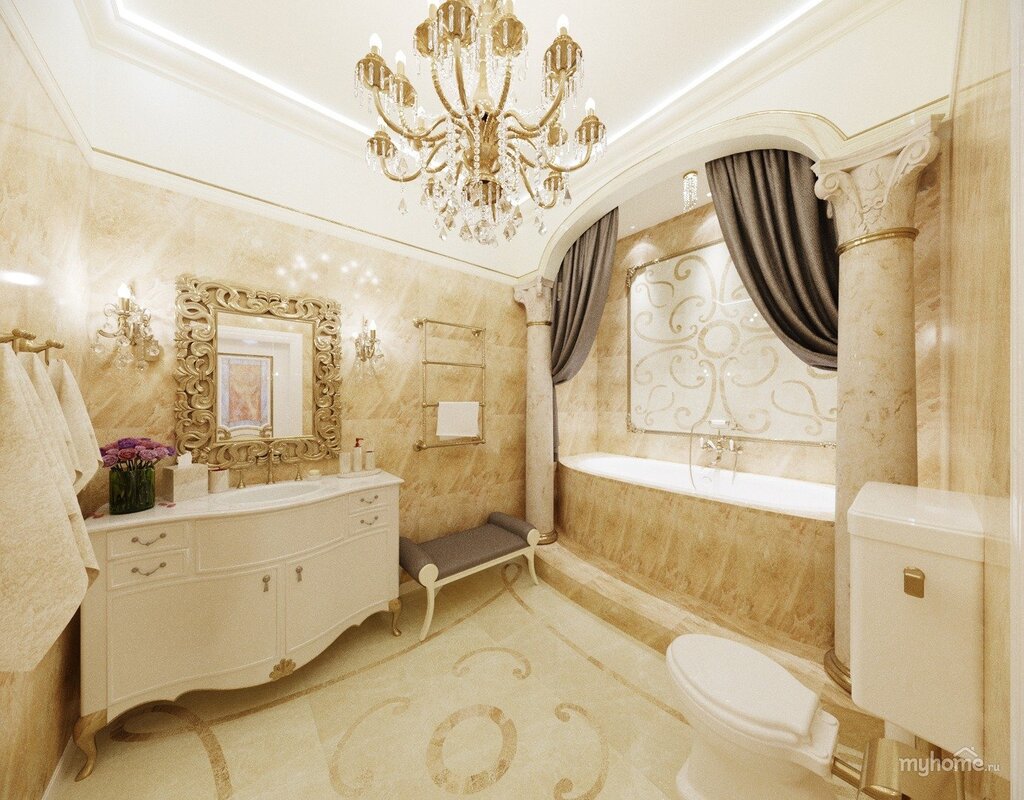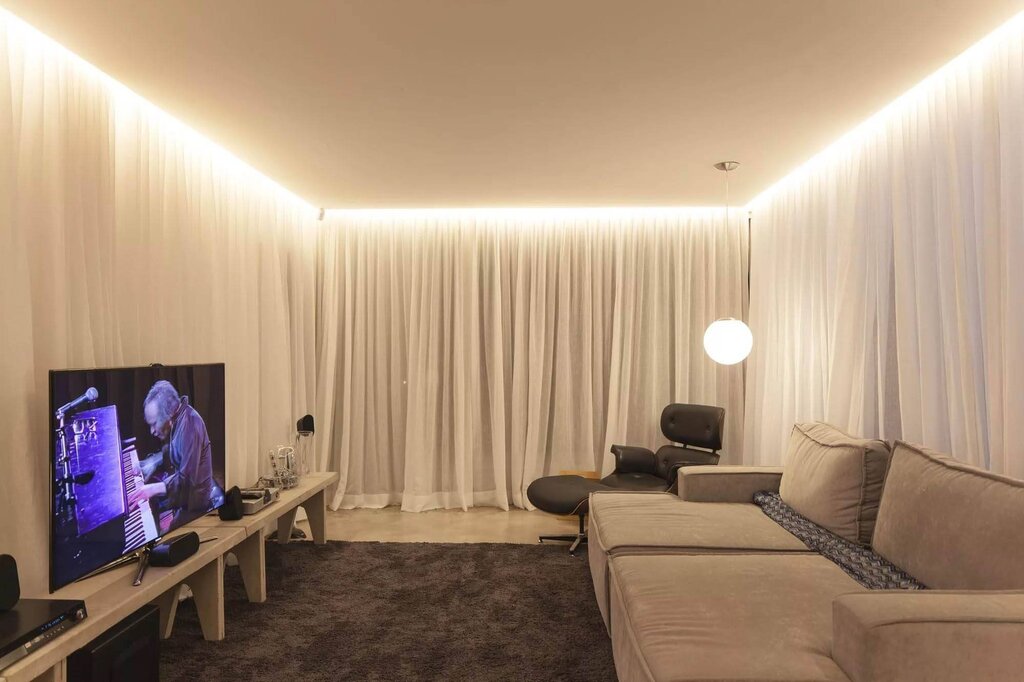Types of interior doors by opening method 6 photos
Interior doors not only serve as functional elements within a space but also contribute significantly to the overall aesthetic and flow of a home. When selecting interior doors, understanding the various types based on their opening methods can help in making an informed decision that complements your design vision. **Swing Doors** are the most traditional, featuring a single or double hinged panel that swings open, typically into the room. They offer simplicity and a classic feel suitable for most interiors. **Sliding Doors** save space by gliding along a track rather than swinging open. They are ideal for areas where space is limited or for creating seamless transitions between rooms. **Pocket Doors** are a type of sliding door that disappears into a compartment in the adjacent wall, offering a sleek solution for maximizing space without the visible track of standard sliding doors. **Folding Doors** or bi-fold doors consist of panels that fold back against themselves. They are perfect for closets or areas where a full-swing door might be impractical. **Pivot Doors** rotate on a central hinge, offering a modern and visually striking option. They require more space to operate but provide a contemporary touch to any room. Each type presents unique advantages and can significantly influence the functionality and style of your interior space.


